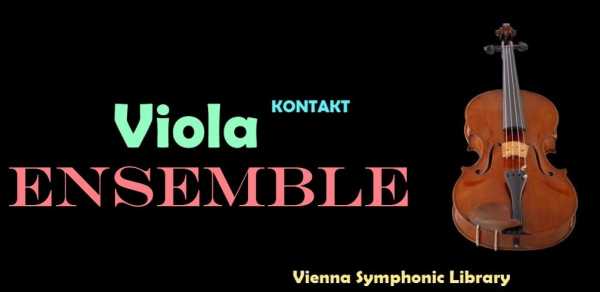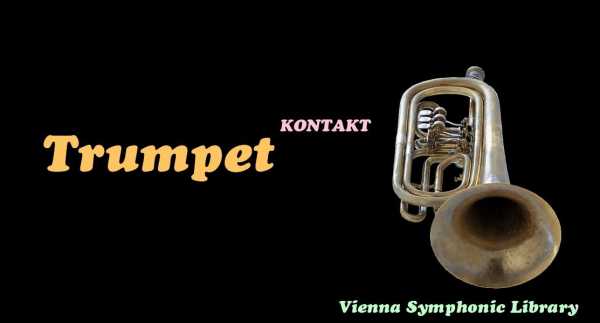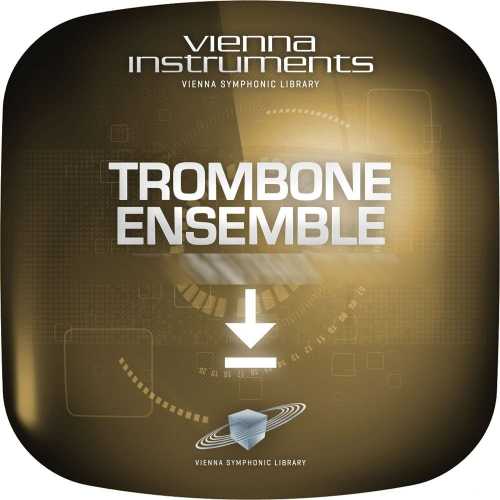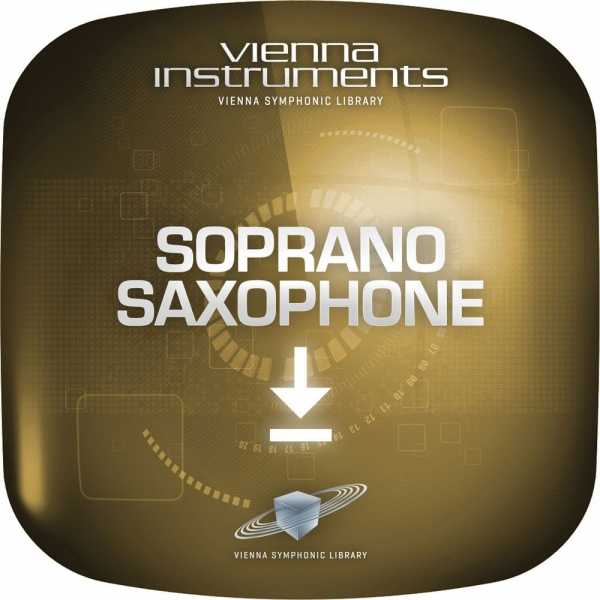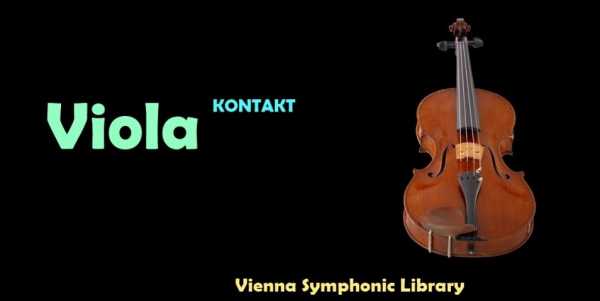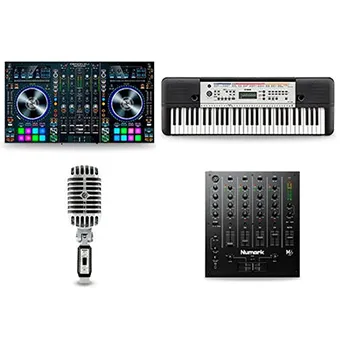VSL Viola Ensemble KONTAKT
P2P | KONTAKT | 7.80 GB
It is constructed using the same components as the violin, the only difference being the larger size. Its stately and dark timbre contrasts sharply with that of the violin and makes the viola perfectly suited as the violin family’s middle voice. Its bow is a little heavier than the violin bow and the horsehair a little broader. The characteristic sound of the viola is a result of the following factors: The viola is tuned to a fifth lower than the violin (C3 = 4th string, G3 = 3rd string, D4 = 2nd string, A4 = 1st string). This means that the frequencies of the two instruments are in a ratio of 2:3. If this ratio were applied to the actual size of the instruments the viola’s body would have to be 12 cm longer (i.e. around 54 cm) than it actually is (around 42 cm).
Viewed 9601 By Music Producers.


